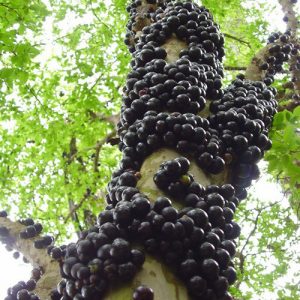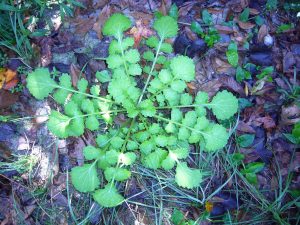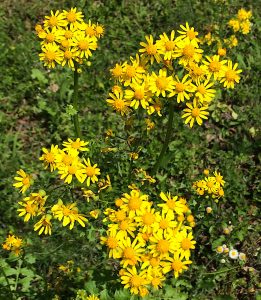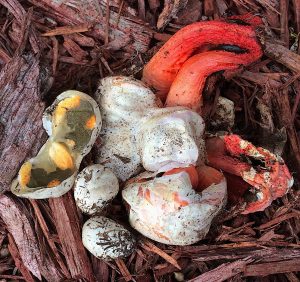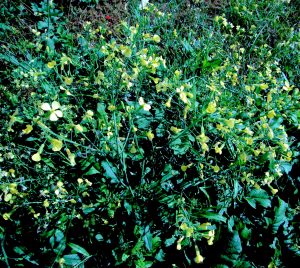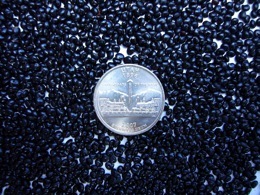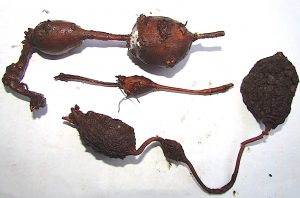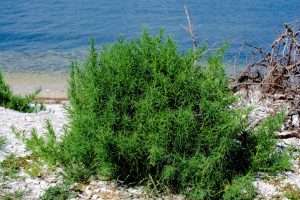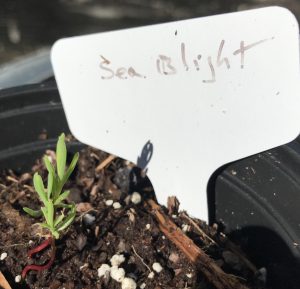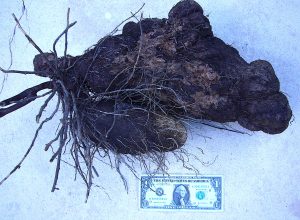Purslane: Any Portulaca In A Storm
Her name was Zona. She was a grand friend-in-law
She had been a friend of the family for about a century. To be exact, her oldest son married the youngest daughter of my grandmother’s lifelong, met-as-kids, best friend. I went to high school with Zona’s granddaughter, which in a small town was closer than kissing cousins with expectations of marriage. Zona also had weeds, lots of weeds. While visiting relatives, I was asked to take a look at her weeds.
She was a spry widow and her house sat on a hill amid fields. The lowest field was also the local alluvial flood plain for the Royal River, which if it had been named for its true size would have been called the Royal Trickle. Every spring, however, melting snow swelled it to near regal proportions and flooded Zona’s lower field, leaving it with rich, friable soil. So, I looked at her black-earth garden. What Zona had was the most beautiful and ambitious plot of self-seeded purslane I have ever seen, before or since, truly an incredible bounty; deep green, plump, healthy and about as full of life and happy as any plant or weed ought to be or can to be.
As I stood there in amazement, she asked me if I knew what it was. I said yes, that it was the most nutritious green on earth and how fortunate she was.
“That?” she asked, pointing incredulously at her garden. “You can eat that? It’s a weed!”
“That,” I said, “is esteemed around the world” to which the crust crusty old gal said, “I ain’t goin’ to eat no god damned weed” and that was that.
Too bad. Purslane, sold in produce markets at every location on the rotation except the United States, is a nutritional powerhouse. It has omega 3 fatty acids and antioxidants as well as a Fourth of July parade of vitamins and minerals. I think there’s even an anti-cancer color guard in there as well. According to experts at the University of Texas at San Antonio, purslane contains 10 to 20 times more melatonin, an antioxidant, than any other fruit or vegetable they tested. It’s a fine addition to the dinner table in many forms, and it is truly difficult to understate this plant’s amazing qualities. Let me sing in praise of purslane:
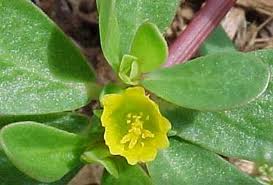
Small blossoms are open only for a day. Portulaca oleracea, (poor-two-LAY-ka oh-ler-AY-see-a) whose name means “milk-bearing cultivated plant” or “little door cultivated plant” is a native of India and the Middle East, but is naturalized throughout the world. Sediment deposits in Canada strongly suggest it came to North American before Columbus, either with Leif Erickson and raiding party, or earlier with humans from Asia to Alaska. It is found as early as 7th century BC in Greece, and Greek texts from the fourth century BC say it’s a plant no respectable Greek kitchen garden, or medicine cabinet, is without. Theophratus called it “andrákhne” — which might mean “man weed”… any ancient Greek experts can correct me — and said April was the best time to plant it. Slightly sour and mucilaginous — that’s where “milk-bearing” comes in — purslane can be used in salad to soups to omelets. The stems can be pickled. Australian aborigines used the minute seeds to make seed cakes and the Greeks made bread from the seed flour. Contemporary Greeks call it “Glistritha.”The words “purslane” and “porcelain” have the same source and similar development. Latin for sow (pig) was porca. It was also the Roman slang for the vulva, and the plant was used for uterine complaints. A diminutive of that, little vulva, became porcillac in Italian to porcellana in old French then to English as purslane. For porcelain, it went from porca to porcella which was the nickname of the cowrie shell because of its vulva-like appearance. In Italian the shell became porcellina. When a glaze was developed for china, it was named after the cowie shell because of its similar shiny appearance and became porcelain then into English as porcelain.Small barrels of edible seeds make the plant extremely prolific
Regardless of what one calls it, purslane contains more omega 3 fatty acids than any other plant source in the solar system, and an extraordinary amount for a plant, some 8.5 mg for every gram of weight. It has vitamin A, B, C and E — six times more E than spinach — beta carotene — seven times more of that than carrots — magnesium, calcium, potassium, folate, lithium — keep you sane — iron and is 2.5% protein. Two pigments, one in the leaves and one in the yellow blossoms, have been proven anti-mutagenic in lab studies, meaning they help keep human cells from mutating, which is how cancer gets started. And you get all that for about 15 calories per 100 gram (three ounce) serving. As a mild diuretic, it might even lower your blood pressure as well. Mexicans call it Verdolagao and its name in Malawi translates politely as “buttocks of the chief’s wife”, a possible reference to the plump leaves.
Over the centuries, many have written about purslane. Even the original Back-to-Nature Guy, Henry David Thoreau, knew of it, penning in 1854 at Walden Pond: “I learned from my two years’ experience that it would cost incredibly little trouble to obtain one’s necessary food, even in this latitude; that a man may use as simple a diet as the animals, and yet retain health and strength. I have made a satisfactory dinner . . . simply off a dish of purslane … which I gathered in my cornfield, boiled and salted. . . . Yet men have come to such a pass that they frequently starve, not for want of necessaries but for want of luxuries.”
This fantastic “weed” is virtually underfoot everywhere, including Walden Pond, apparently. One can even find it surviving in places like inner New York City. The strain I grow in my garden came some eleven years ago from a sidewalk crack in Tarpon Springs, FL., a coastal Greek community. There had been a freezing cold snap and it had survived nestled next to a restaurant. I thought something that hardy would be a good addition to my garden. Now I don’t have to plant it. When it comes up I just move to a convenient spot and it re-seeds itself. I have tried cultivated versions and they simply are not as tasty or prolific as my survivor purslane. By the way, the seeds have a 30-year viable shelf life.
Crete, an island I have come to enjoy and traipse around, is well-known for this purslane salad, flavored with locally-grown capers. The yogurt dressing makes this a cooling repast in hot weather.
* 2 1/2 cups of strained, thick yogurt
* 1 cup of purslane, coarsely chopped
* 1 cup of romaine lettuce, chopped in chunks
* 1 teaspoon of mashed or minced garlic, about one
* 1/4 cup of olive oil
* 3 1/2 tablespoons of red wine vinegar
* 2 tablespoons of capers
* salt
* freshly ground pepper
Combine all ingredients in a salad bowl and refrigerate for a half hour to an hour
The following recipe is from Diane Kochilas, a well-known Greek chef and writer. She has several publications including “The Greek Vegetarian” for those of you who are. She’s an attractive lass… I wonder if she’s single?
Potato-Purslane Salad
Ingredients
3 medium waxy potatoes, such as Yukon golds or fingerlings, sliced into chunks, about ½ inch thick
salt to taste
1/3 cup olive oil
3 tablespoons lemon juice (from about 1 ½ lemons); alternatively use red wine vinegar
About 1 cup purslane, thoroughly washed, torn or chopped (stems are tangier than leaves, taste first to see if you like)
½ cup red onion, thinly sliced (alternatively, use a few chopped scallions)
Other options:
½ cucumber, peeled and thinly sliced, into half moon shapes
1 large tomato, roughly chopped
½ cup fresh herbs – mint, parsley, chervil – whatever suits you
Method
Bring a medium saucepan of water to a boil and add salt and potatoes. Cook until tender, about 10 minutes. Drain thoroughly and then pour into a serving bowl, spreading even to cover bottom surface. Combine olive oil and lemon juice in a small dish, whisking until well emulsified, then pour over potatoes. In a layered fashion, add purslane, onion, plus any additional ingredients. With a wooden spoon, stir to combine, and taste for salt. Makes enough for two or three as a side dish.
This recipe from Florida’s Incredible Wild Edibles by Dick Deuerling and Peggy S. Lantz
Purslane leaves and stems may be boiled well with just enough water to cover the herbs then discard the first water and pour a smaller amount of hot water over the greens and again boil them. Reduce heat and simmer until tender. Finely chop the herbs and add salt, pepper, vinegar, cinnamon or nutmeg. You can add oil, butter, or bacon fat, and mix with diced hard boiled eggs and put them in a casserole with cheese and bread crumb topping, then bake until cheese melts. Pickled Purslane
1 quart purslane stems and leaves
3 garlic cloves, sliced
1 quart apple cider vinegar
10 peppercorns
Clean the purslane stems and leaves by rinsing with fresh water. Cut into 1″ pieces and place in clean jars with lids. Add the spices and pour the vinegar over the purslane. Keep this in the refrigerator and wait at least two weeks before using. Serve as a side dish with omelets and sandwiches. You can pickle the purslane raw or blanche it for two minutes in boiling water first, but cool off quickly in ice water.
Green Deane’s “Itemized” Plant Profile
IDENTIFICATION: Smooth, reddish, mostly low-growing stems, alternate spatula leaves clustered at stem joints and ends, yellow flowers, capsule seed pods. Very fleshy. NOT HAIRY. CLEAR SAP. Those are important, not hairy, and clear sap.
TIME OF YEAR: Any time in season, spring and summer in northern climes, year round in warmer areas.
ENVIRONMENT: Nearly any disturbed grass, likes full sun, often grows two crops in Florida, spring and fall, tolerates the summer heat.
METHOD OF PREPARATION: Leaves and stems raw in salads, cooked in soups, thick stems pickled. Wild version invariably tasted better than cultivated versions. Has a slightly sour/salty taste.


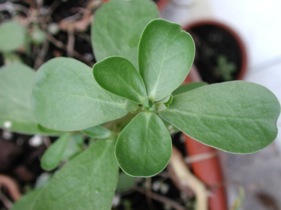

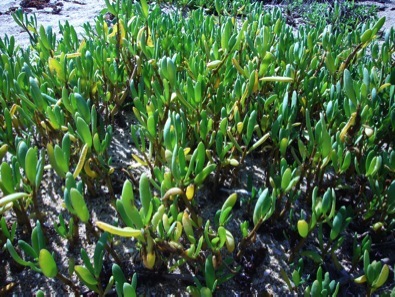
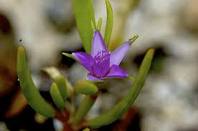
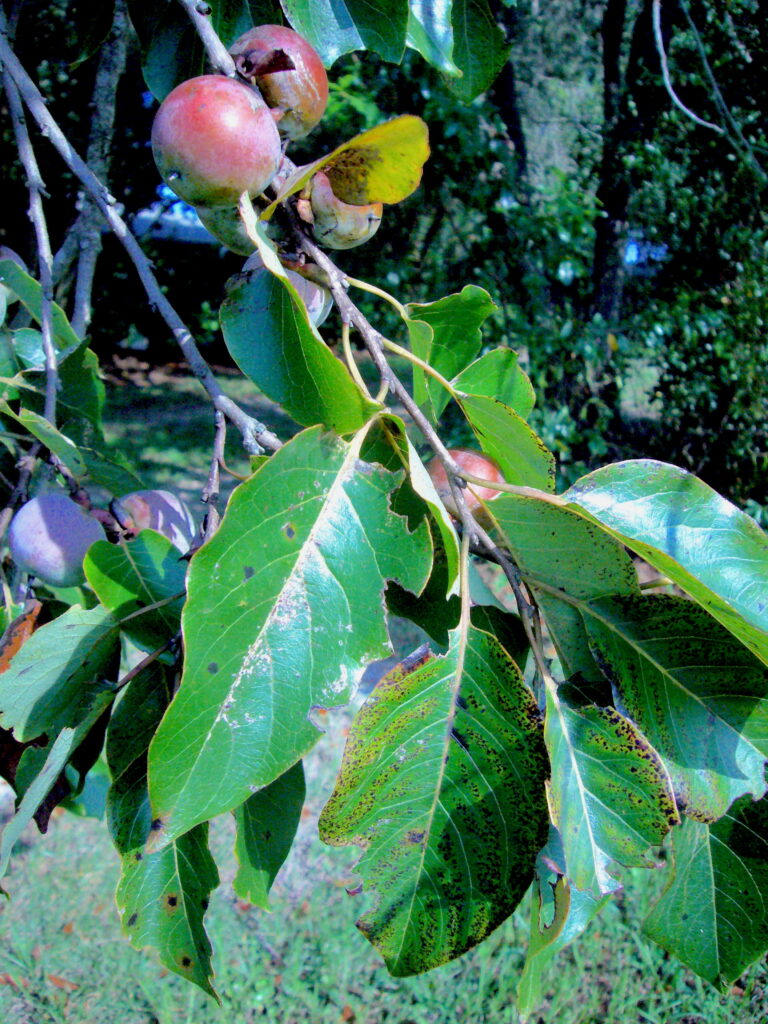
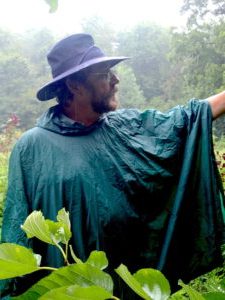

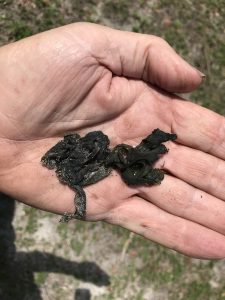
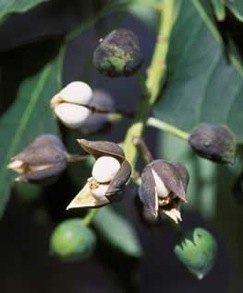
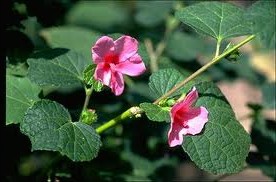
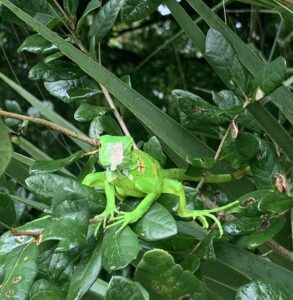


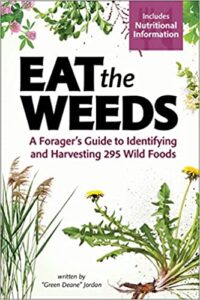 Now being printed is EatTheWeeds, the book. It should have 275 plants, 350-plus pages, index and color photos. Several hundred have been preordered on
Now being printed is EatTheWeeds, the book. It should have 275 plants, 350-plus pages, index and color photos. Several hundred have been preordered on 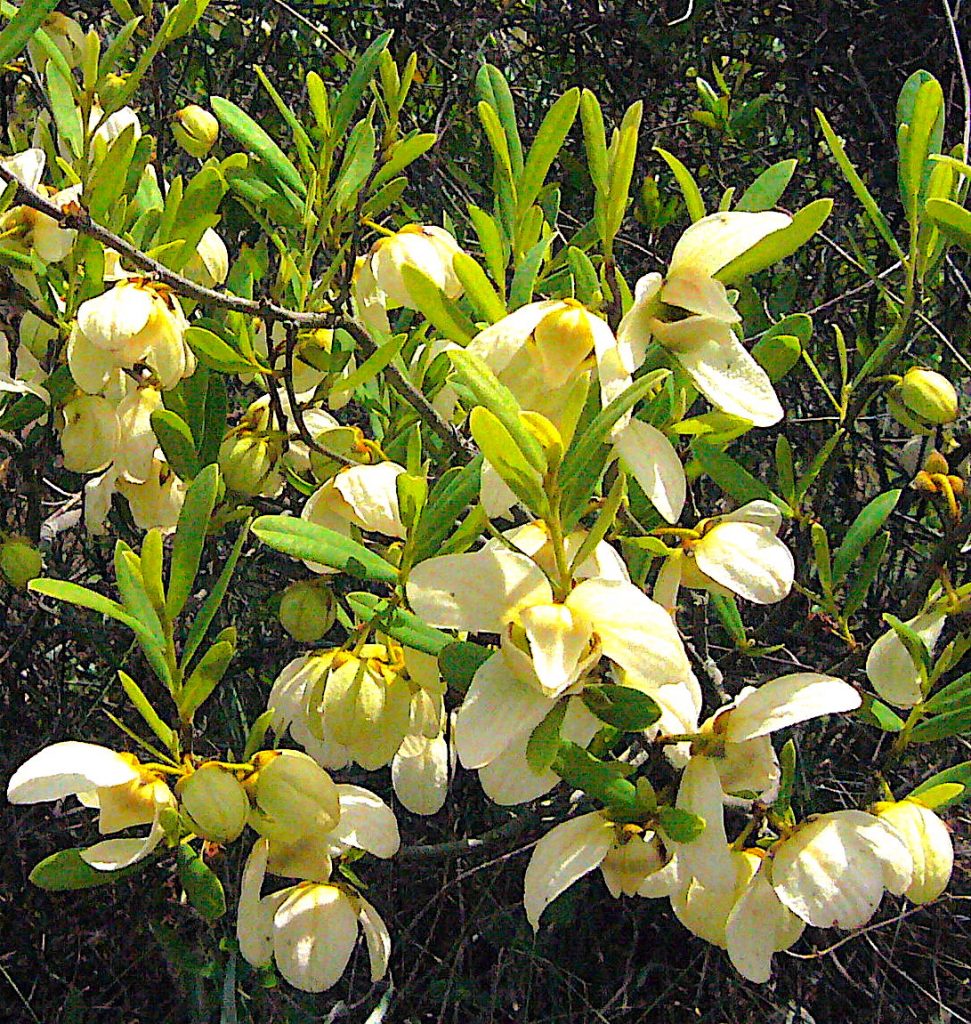
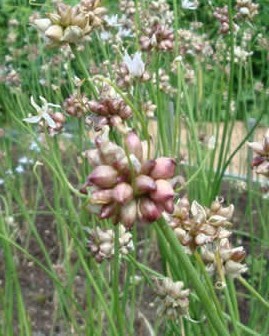
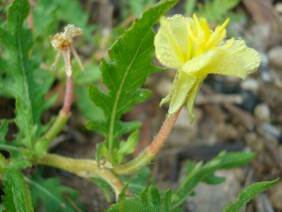
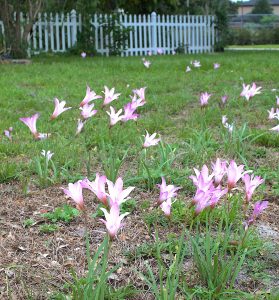
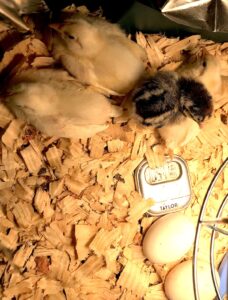
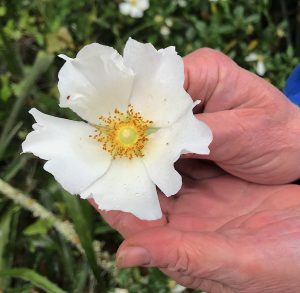

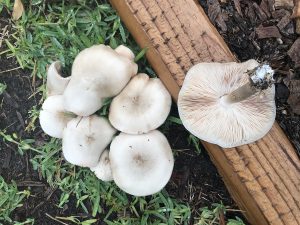
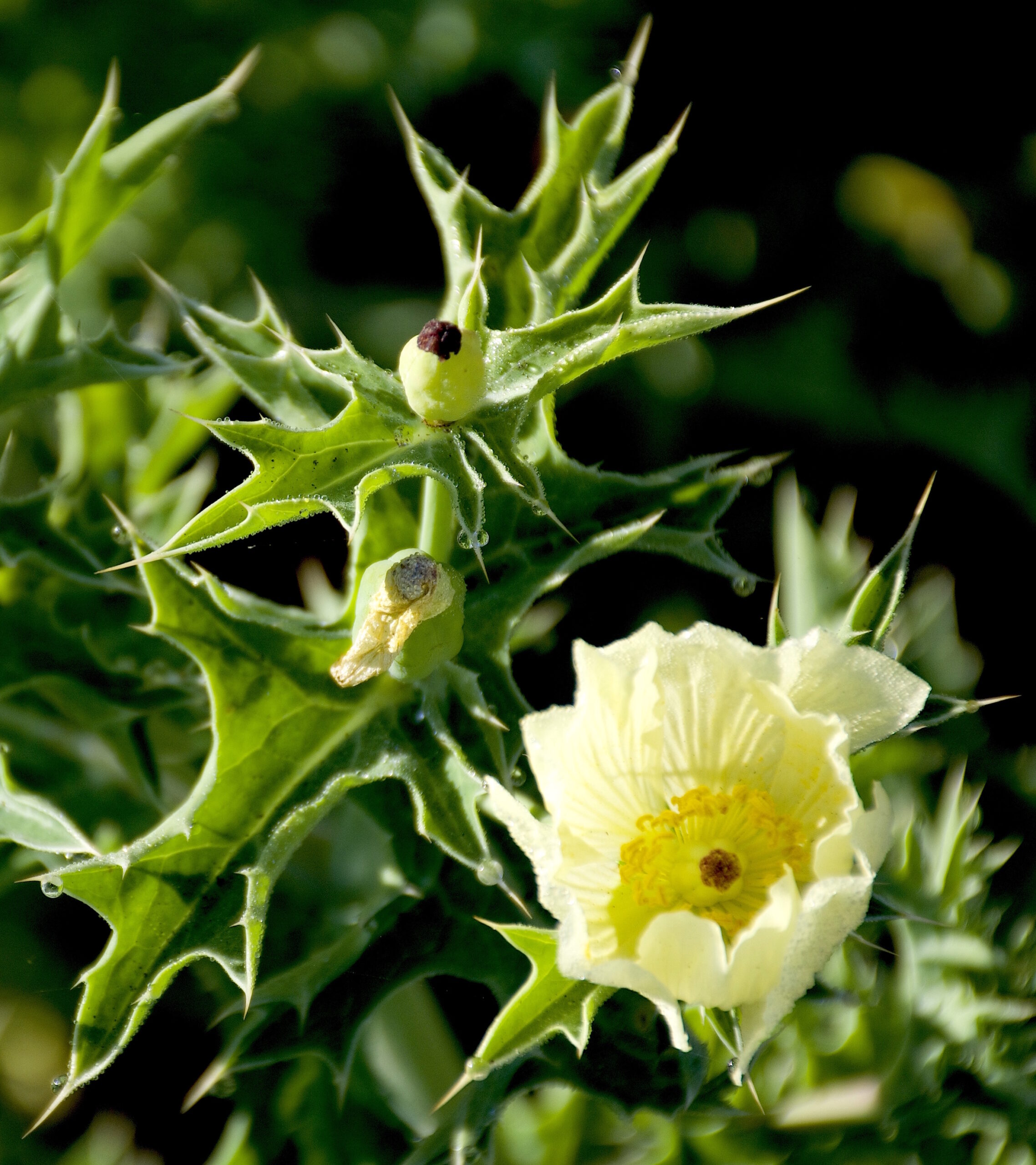

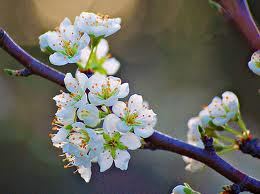
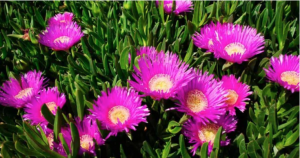
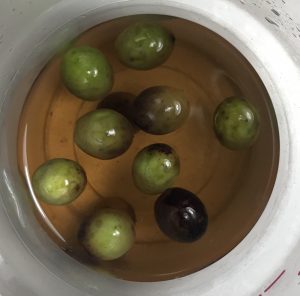
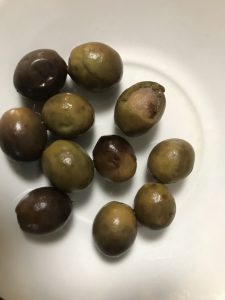
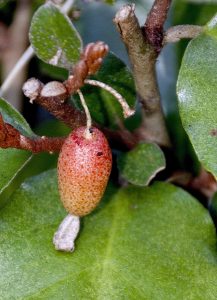


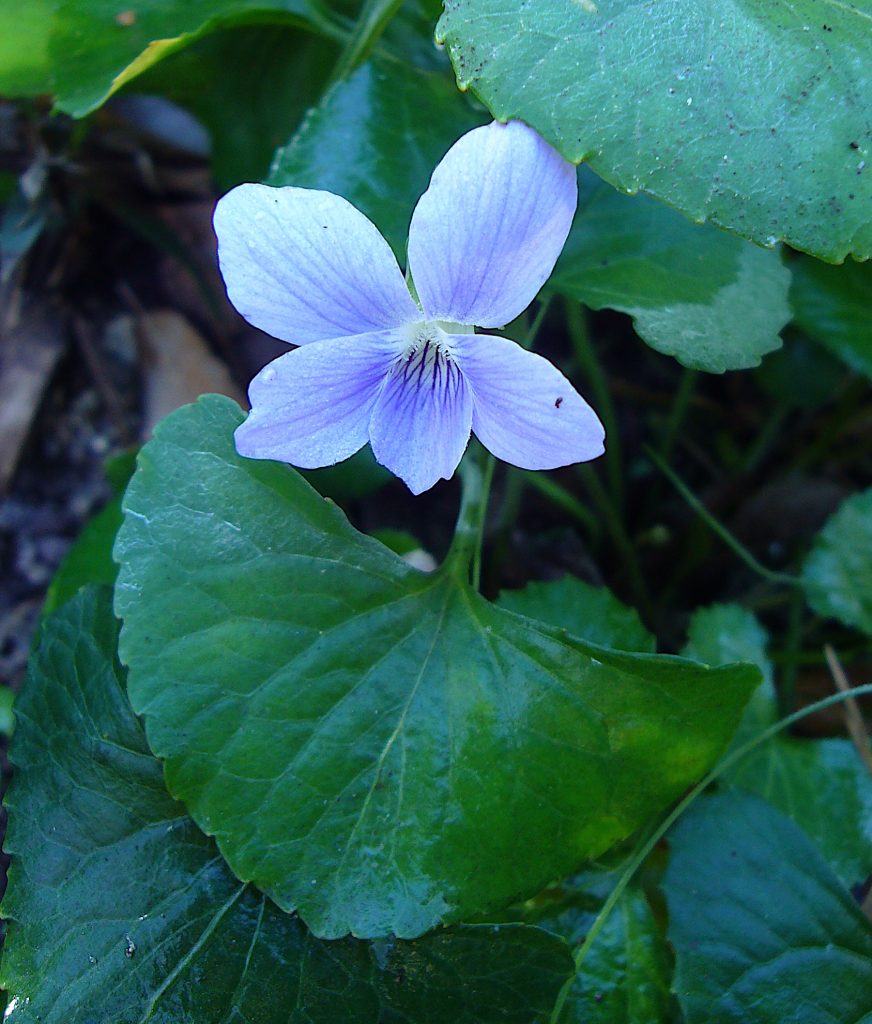
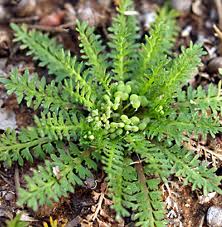
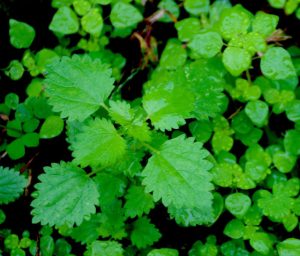
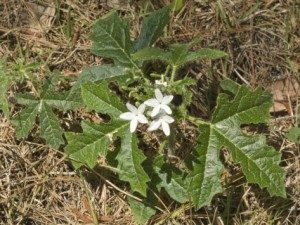
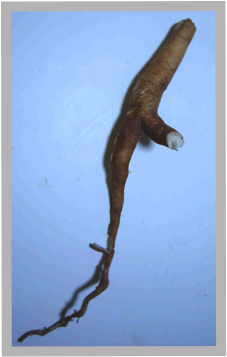
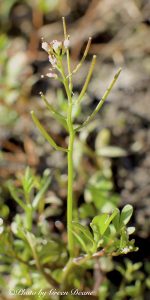
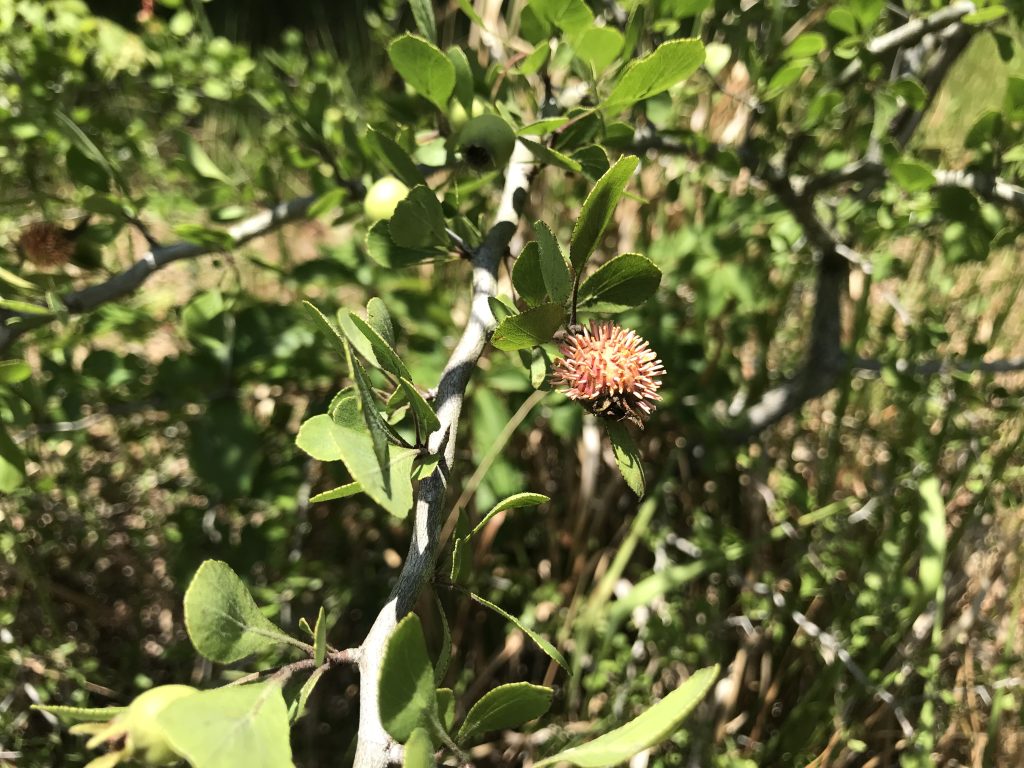
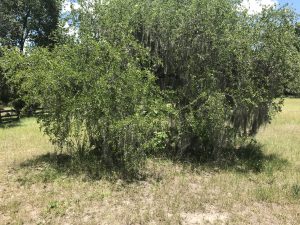

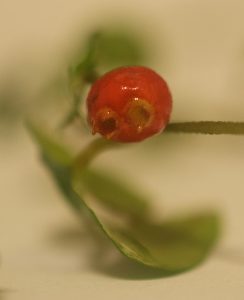
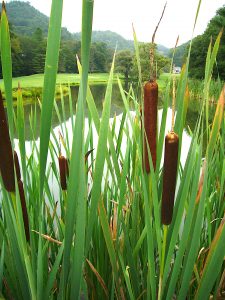
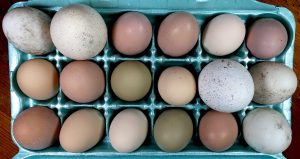
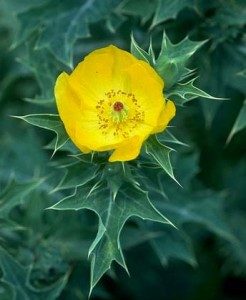
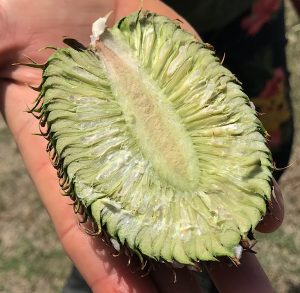
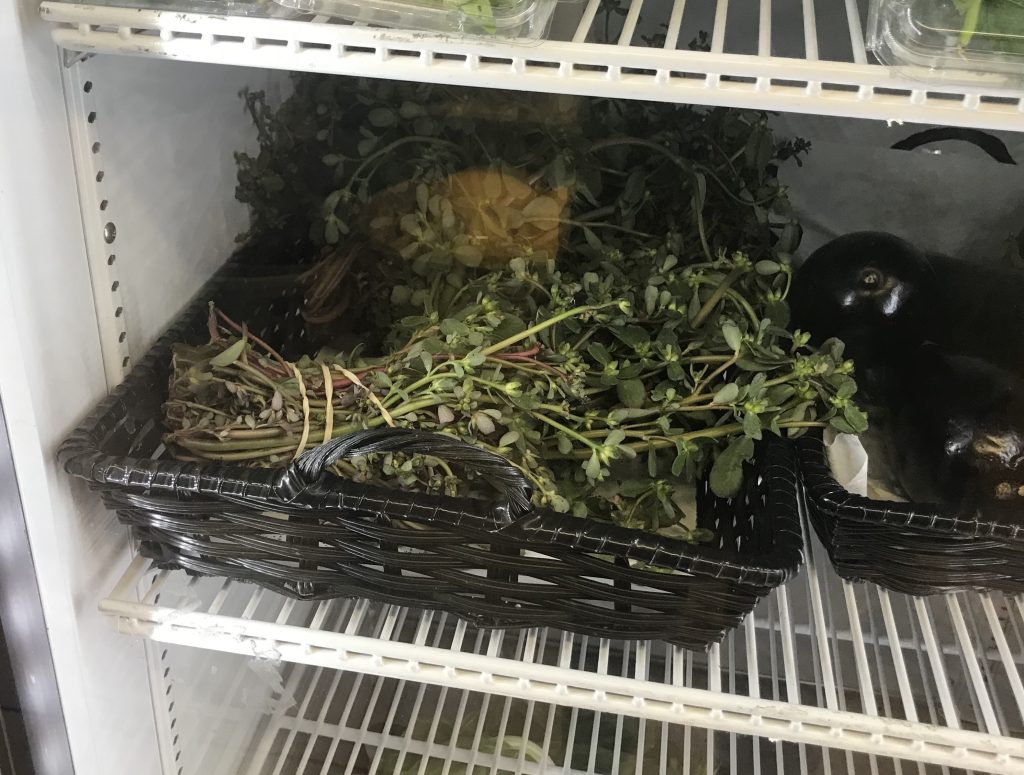
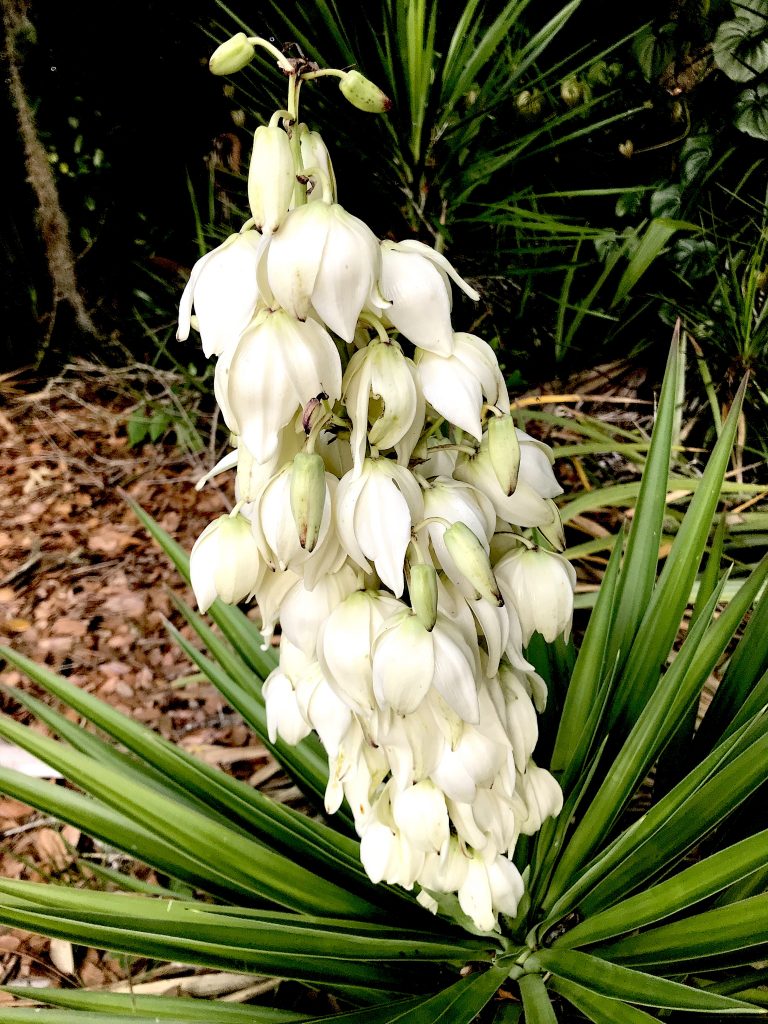
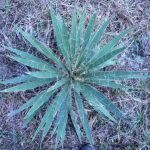

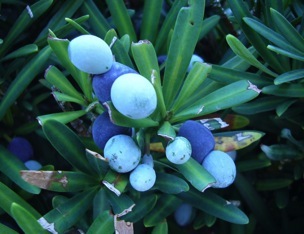
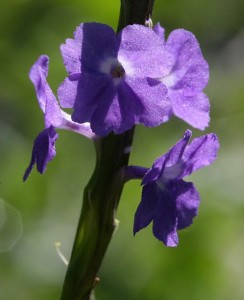
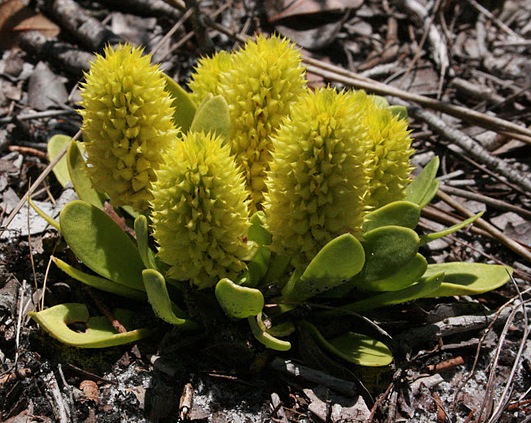
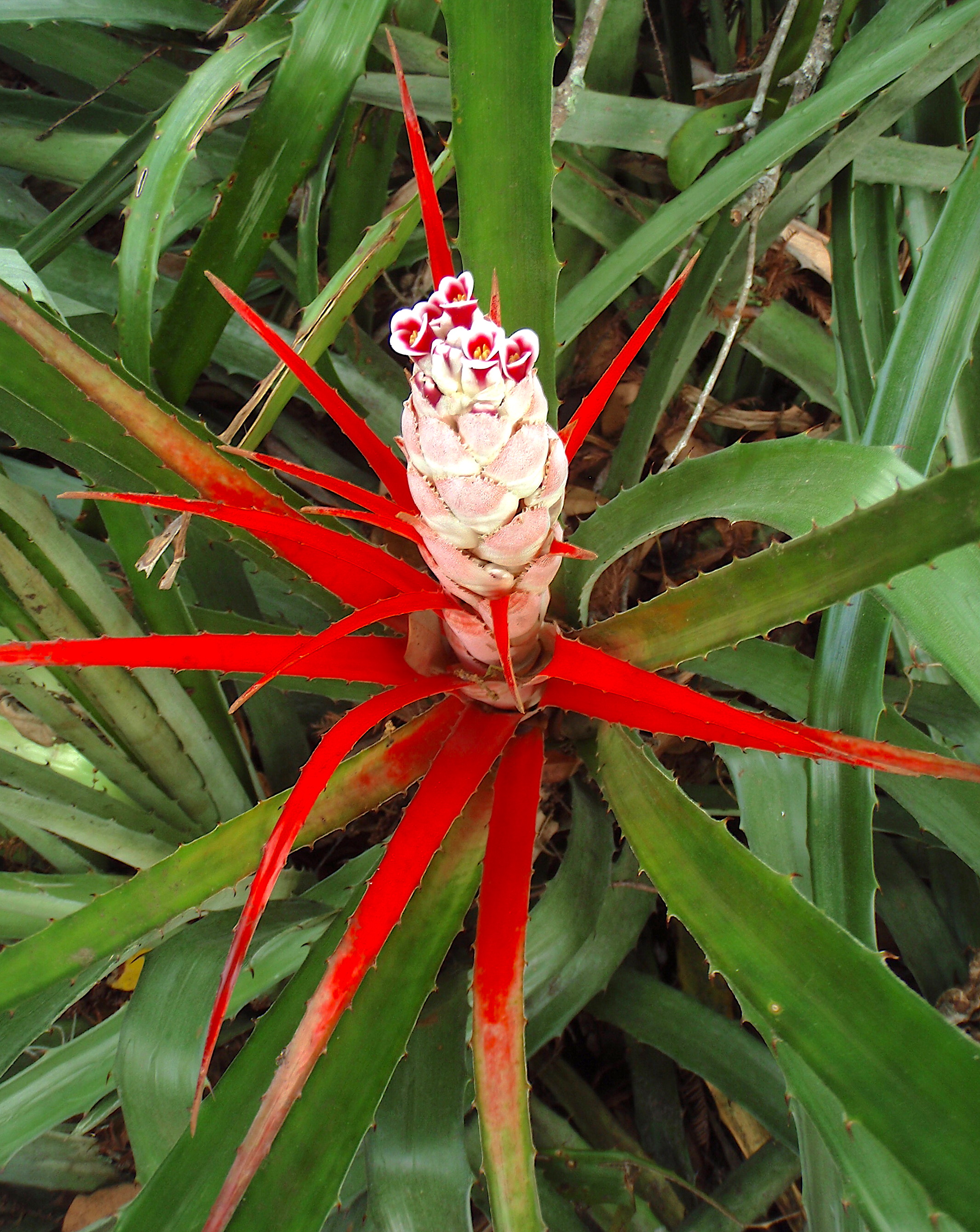
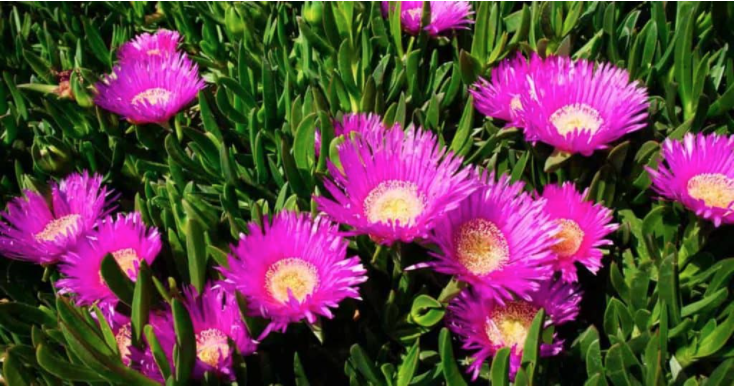
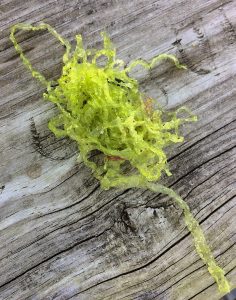
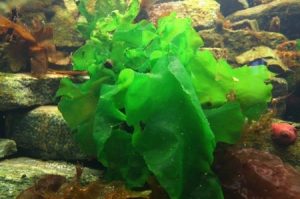
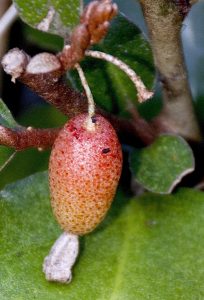
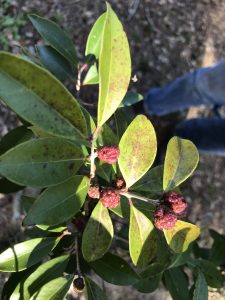

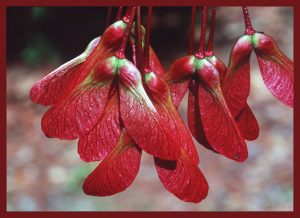 If you look across local lakes now you will see garnet red splotches on the horizon. Those are maples putting on new leaves. Are maple leaves edible? Yes and seeds, too. Are they prime foraging food? Opinions vary. The delicate samaras (see right) happen to be red but they can also be green. Later the auto-rotating wings
If you look across local lakes now you will see garnet red splotches on the horizon. Those are maples putting on new leaves. Are maple leaves edible? Yes and seeds, too. Are they prime foraging food? Opinions vary. The delicate samaras (see right) happen to be red but they can also be green. Later the auto-rotating wings 
